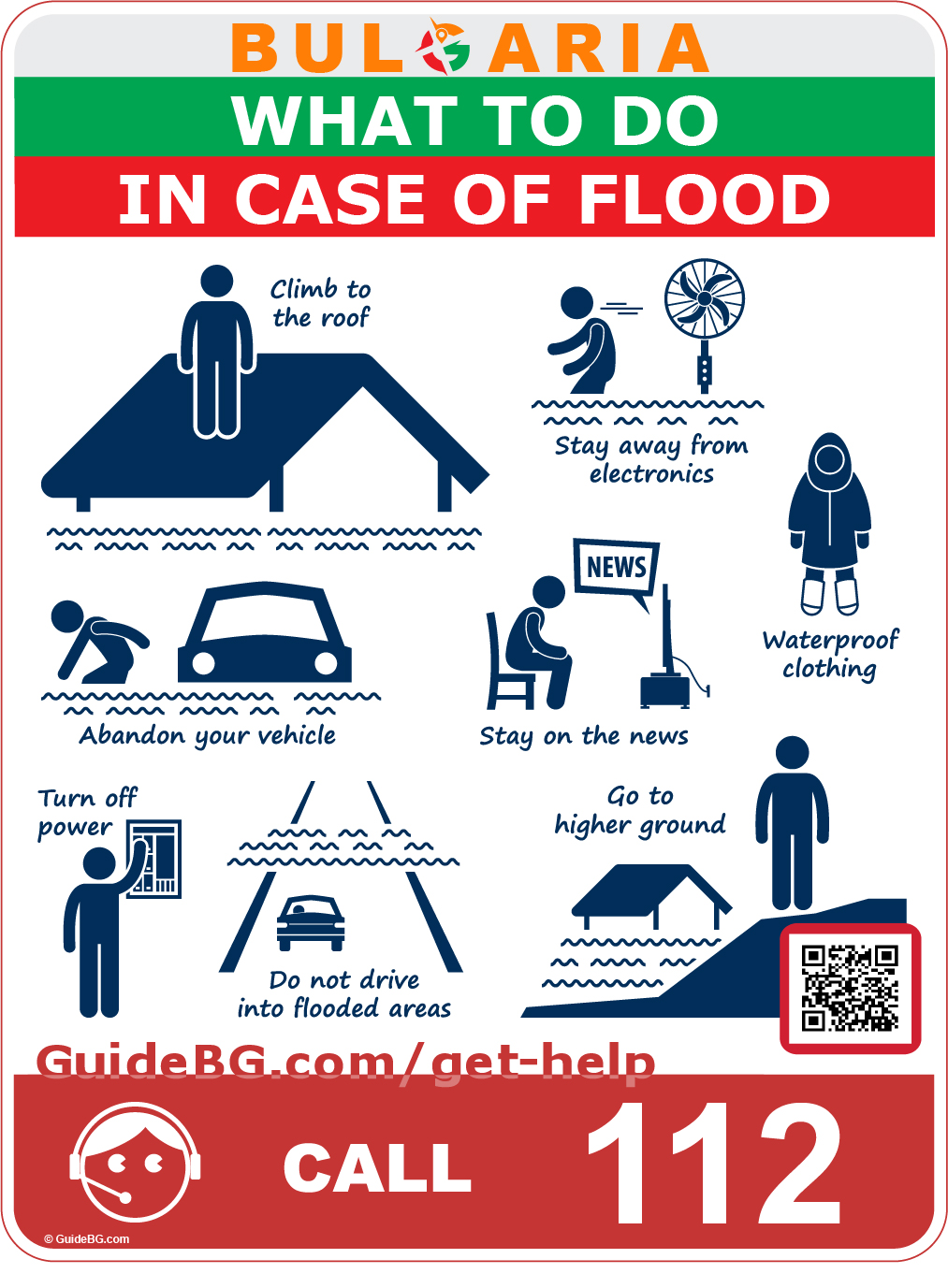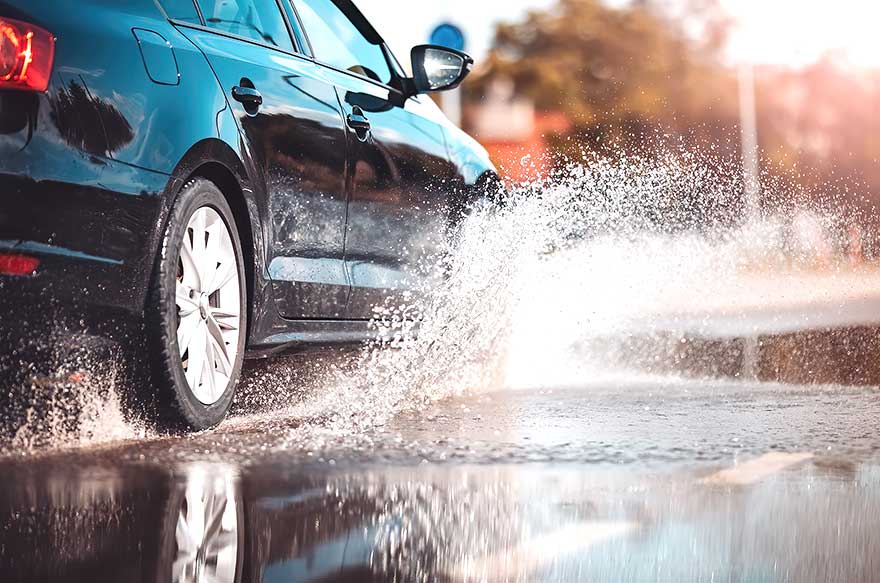Floods can be destructive, causing immense damage to property and posing severe threats to personal safety. A clear action plan can drastically improve your chances of safely navigating through a flood. This guide provides essential steps to follow when faced with a flood.
Stay Informed
Your first line of defense during a flood is information. Stay updated by tuning in to a trusted news source or a weather station. Official alerts will provide details about the flood’s progression, including evacuation orders and safe routes.
Move to Higher Ground
You should immediately move to higher ground if a flood warning is issued. If you’re in a building, climb to the top floor, the roof, or any other high and safe spot. Floods can escalate quickly, so you must react swiftly and decisively.
Turn Off the Power
If there’s enough time and safety to do so, turn off all utilities at the main power switch and close the main gas valve. This step prevents further damage to your home and eliminates the risk of electrocution if floodwaters enter your property.
Abandon Your Vehicle
If you’re in a vehicle and floodwaters are rising around you, abandon your car for higher ground. Staying in your vehicle is dangerous, as floodwaters can rise rapidly and sweep it away.
Avoid Electronics
Keep away from all electrical equipment and outlets during a flood, especially if wet or in water. Electrocution is a significant risk during flooding, so your safest bet is to avoid electricity altogether.
Don’t Enter Flooded Areas
Avoid walking or driving through flooded areas. It can be hard to gauge the depth and current of the water, and hidden debris or sinkholes could pose a risk. Just six inches of moving water can knock you off your feet, and one foot of water can sweep a car away.
Wear Appropriate Clothing
Wear waterproof clothing and sturdy shoes if you must move through the water. The right gear can keep you dry and protect you from hidden hazards, like sharp objects or harmful substances.
Prepare an Emergency Kit
As part of your flood preparation, prepare an emergency kit. This kit should include first aid supplies, drinking water, non-perishable food, important documents in waterproof containers, and other survival essentials.
Knowing what to do during a flood and acting quickly can protect yourself and your loved ones. Always prioritize safety over possessions, as everything else can be replaced.
Learn more about the flooding in Bulgaria through our “Rising Waters, Sinking Hopes: Understanding the Multifaceted Flooding Crisis in Bulgaria” Blog article.
You may also need to know:




